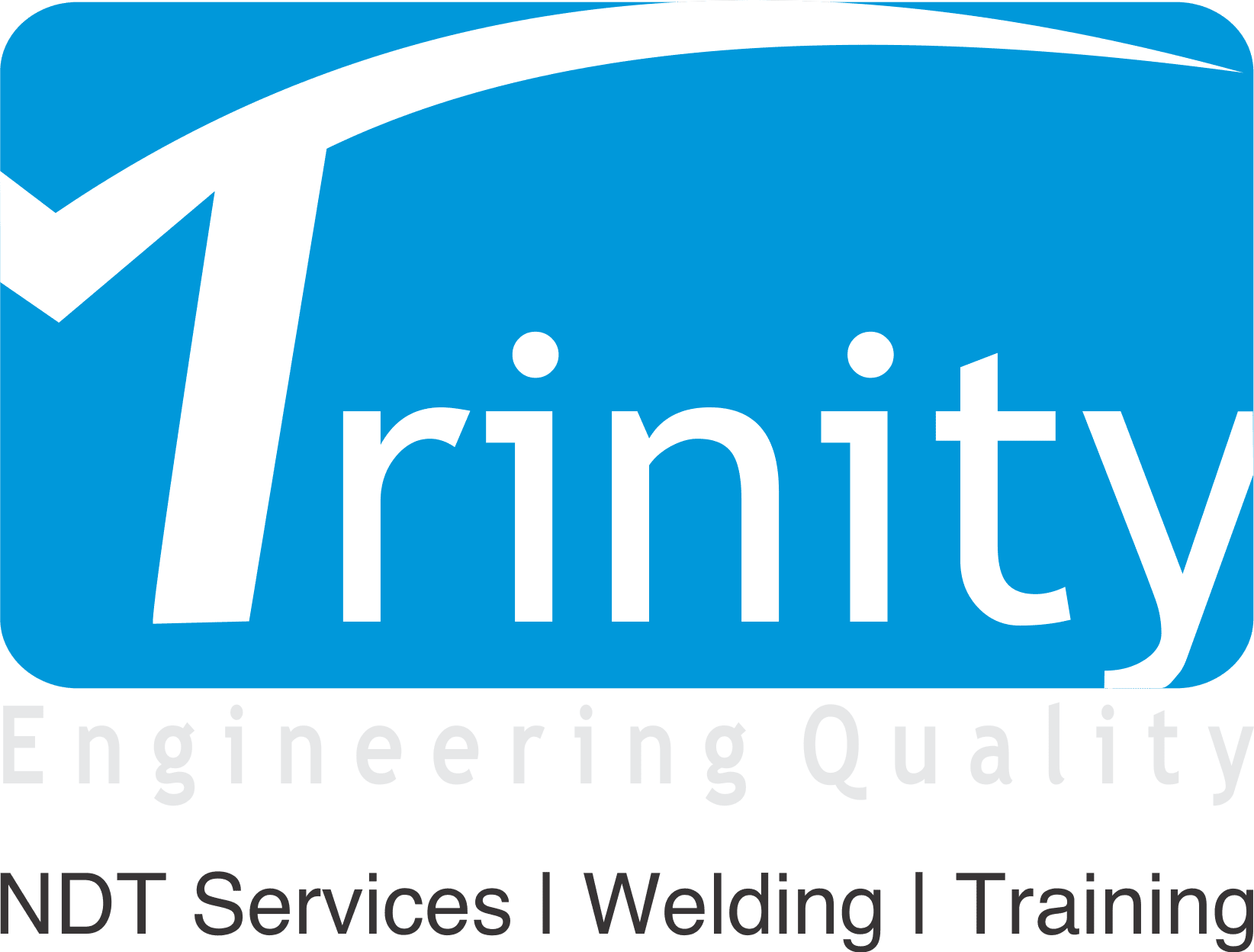1. Can Ultrasonic testing be used in place of radiography testing or x-ray?
Both Ultrasonic(UT) and radiography (RT) detects internal defects in casting and welds. But, the type of flaws detectable in both the methods are different. Because, UT detects flaws of planar in nature, where as RT detects volumetric flaws. Therefore, UT cannot replace RT testing.
2. What is the minimum and maximum thickness for Ultrasonic testing?
As per standards, the minimum thickness for UT is 6mm. Though below this also possible using TR probes, probability of defect detection in 6mm or less is quite less. Equipment available to scan up to maximum of 15meters of steel thickness under suitable conditions.
3. Where does immersion ultrasonic technique is used?
Immersion testing techniques are commonly used for mass production, smaller components where speed, repeatability and reliability are demanded.
4. When is Ultrasonic testing used?
UT is best suitable for raw materials after rough machining of castings and forgings. For better results, perform testing after heat treatment for grain refinement. But before final machining, drilling holes and key ways.
5. What is the acceptance criteria for UT testing?
Acceptance criteria varies as per application. For example, for structural steel fabrication weld inspection, AWS D1.1. For pressure vessels ASME Sec VIII Division 1. For weld joints ISO11666. Choose criteria based on application.
6. What is the procedure for Ultrasonic testing?
Before attempting to perform UT, one has to prepare a procedure. Usually, procedure is based on material, type of flaws to be detected, part geometry, sensitivity, code, standard and accessibility of surface. Here are the steps to follow-
- Read and understand the procedure
- Clean the surface
- Calibrate the UT equipment
- Set the parameter and scan
- Record the results
- Interpret and evaluate the results.
- Prepare the report
7. Can we do UT on painted or coated materials?
UT can be easily done on painted or coated surface, provided the coating is intact. In other words, paint or coating should be in good condition without any air bubbles between the coating and the surface.
8. What is A scan, B Scan and C Scan?
‘A’- scan is the display that has distance versus amplitude presentation on screen. ‘B’- scan is the display in cross sectional view. ‘C’- scan is the plan view of the component under inspection. ‘A’- scan is economical to use, though expensive, B & C are ideal for recording results.
9. What are charges for UT testing?
Charges for UT testing is based on standard, component type, material, technique and location of testing. In general, the charges for Ultrasonic testing at labs starts at Rs.999+gst. Contact us to get the best price quote today. Get ready to experience the fastest services.
10 What is phase array and TOFD?
Phased array and TOFD are advanced techniques in Ultrasonic testing. Phased array uses array of probes/crystals to generate the beam and steer the wave in way required. TOFT stands for Time Of Flight Diffraction. In TOFD two probes are used. One for transmittance and other side a probe receives the wave. This enable to measure size and locate the flaws with greater accuracy in welds.
Learn Ultrasonic testing and get certification at our Level I, II training courses.

